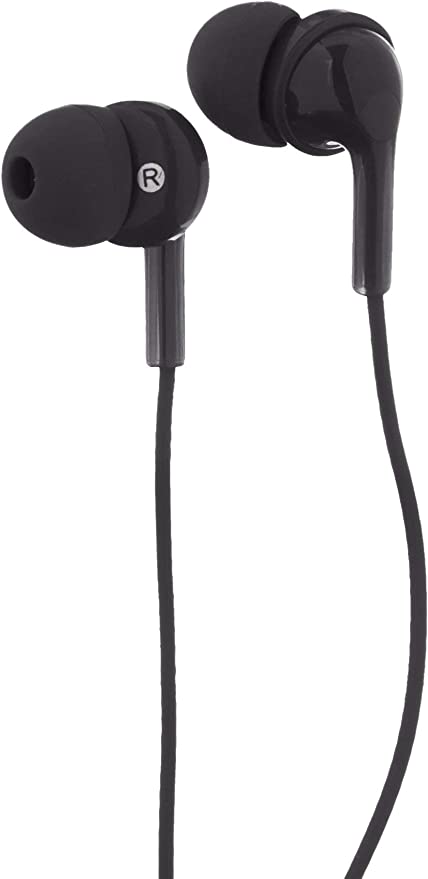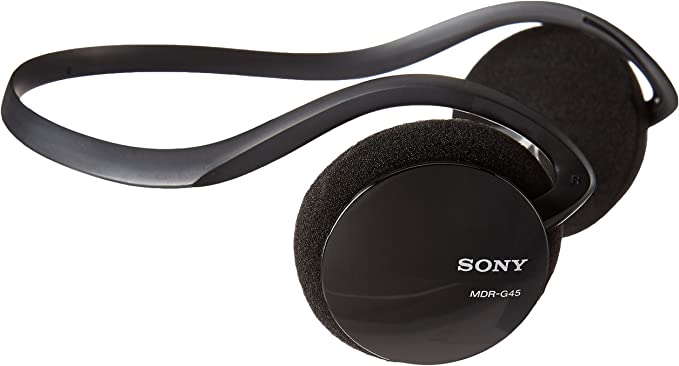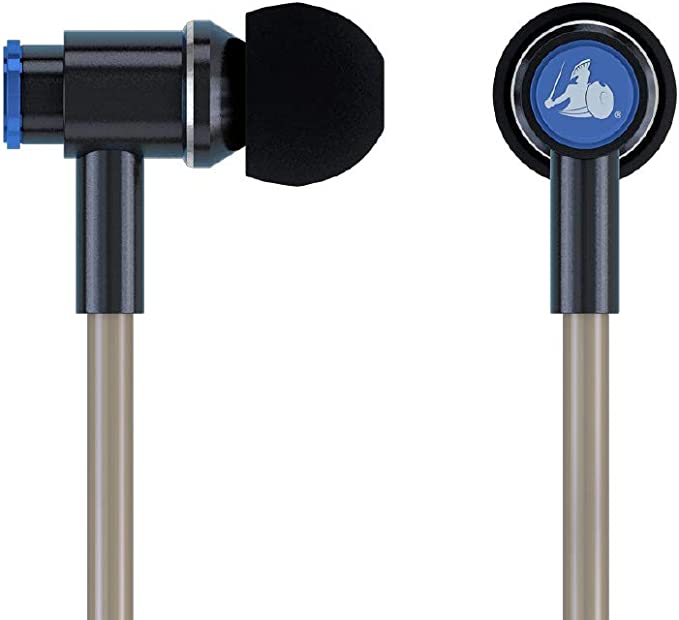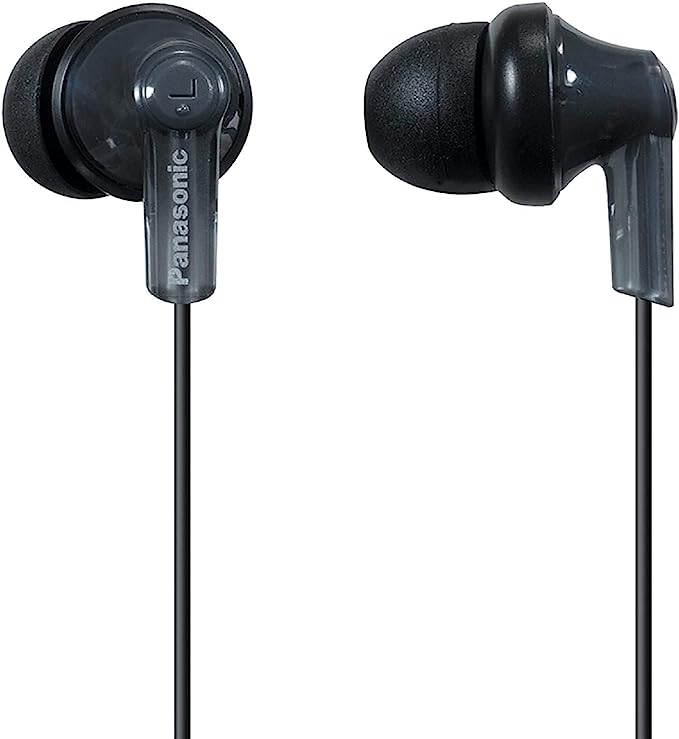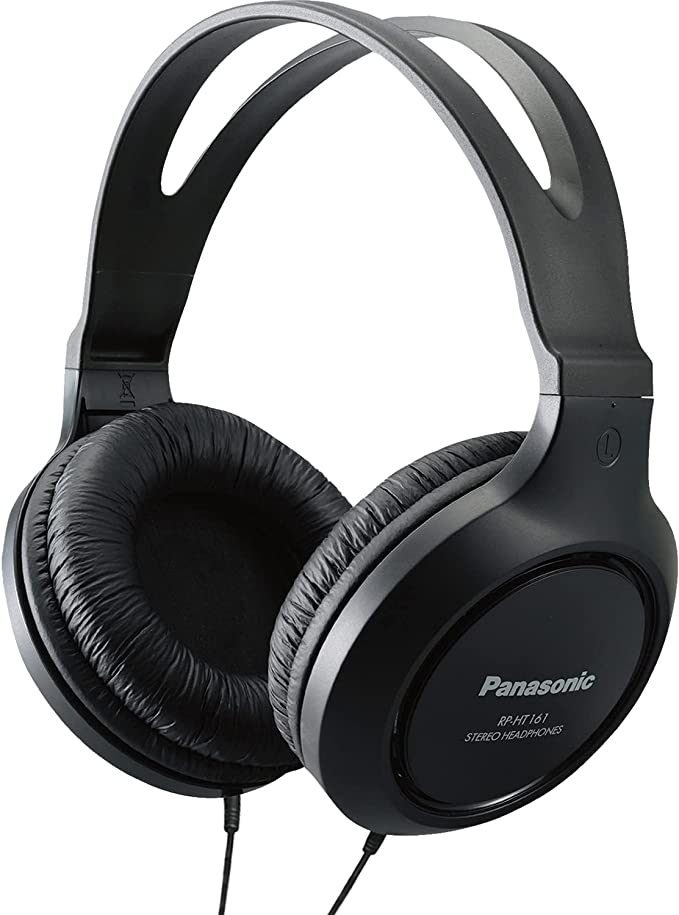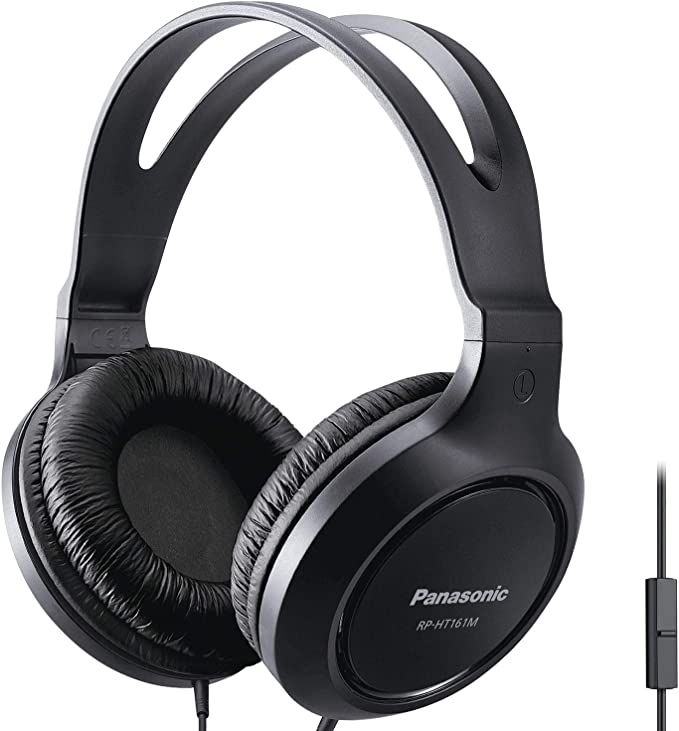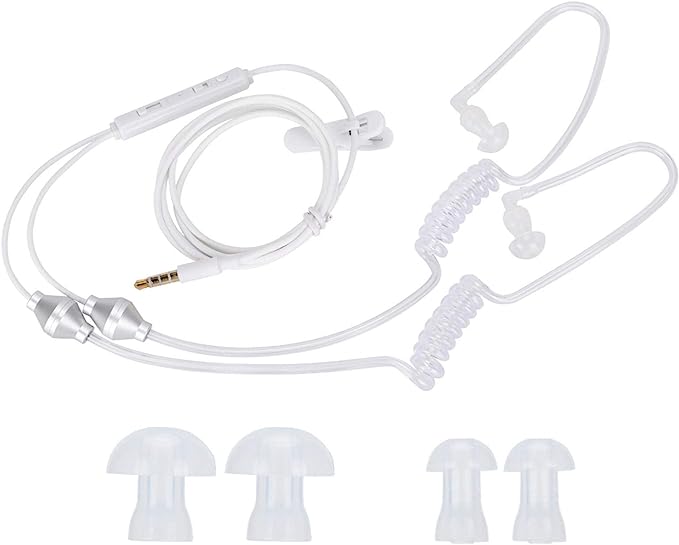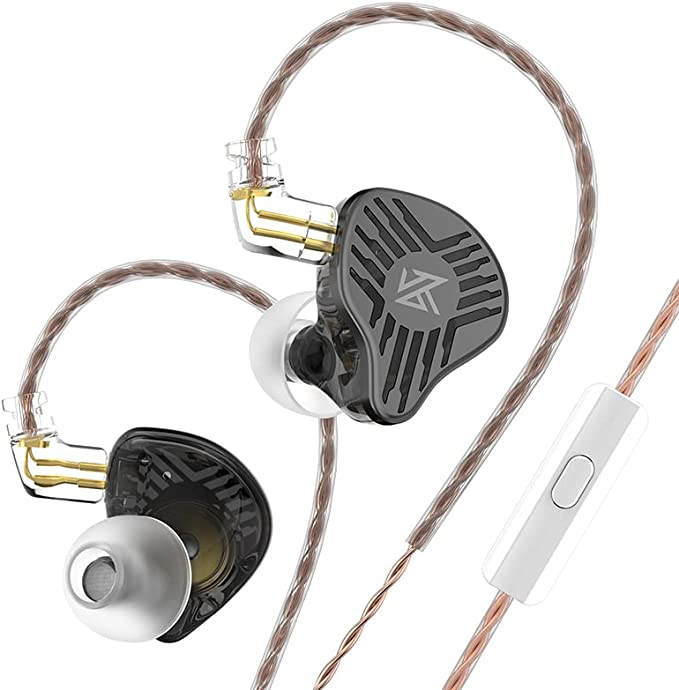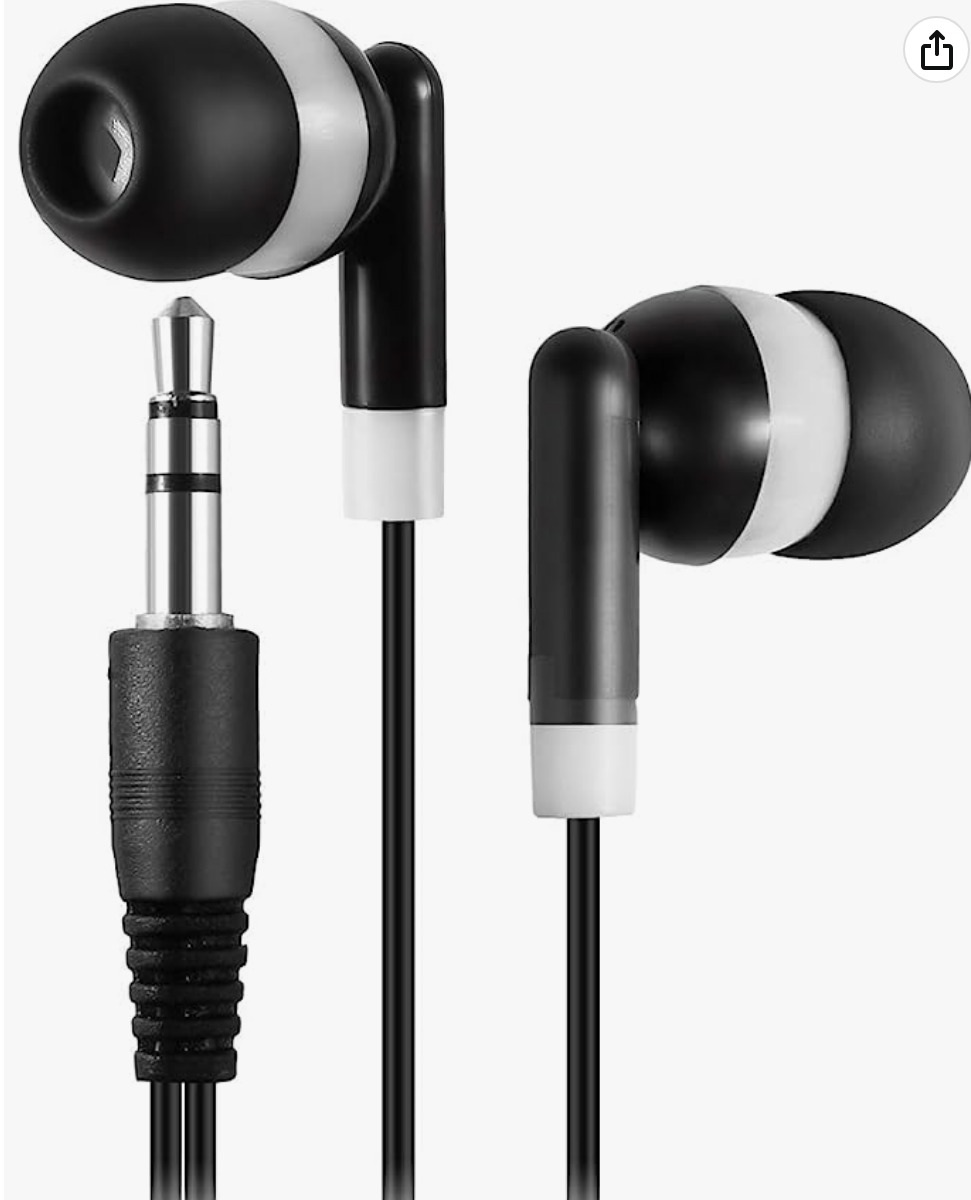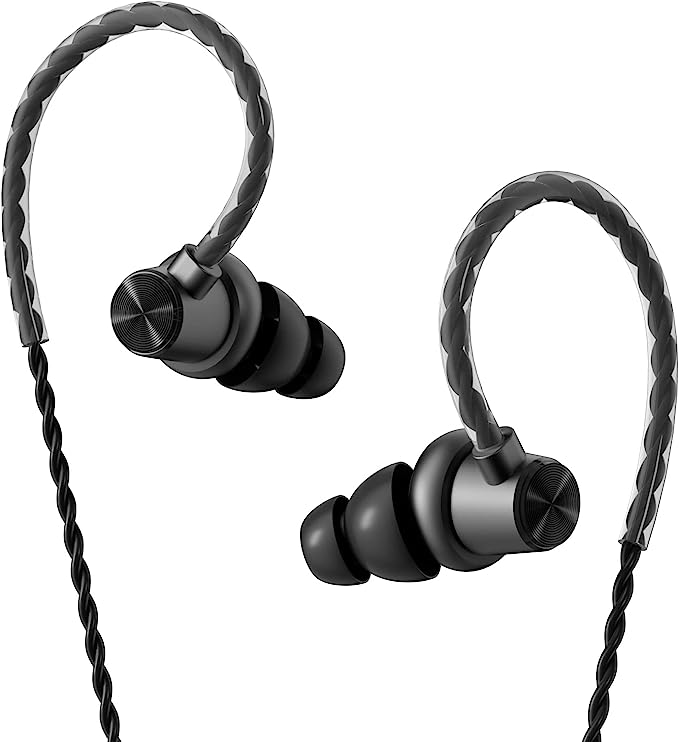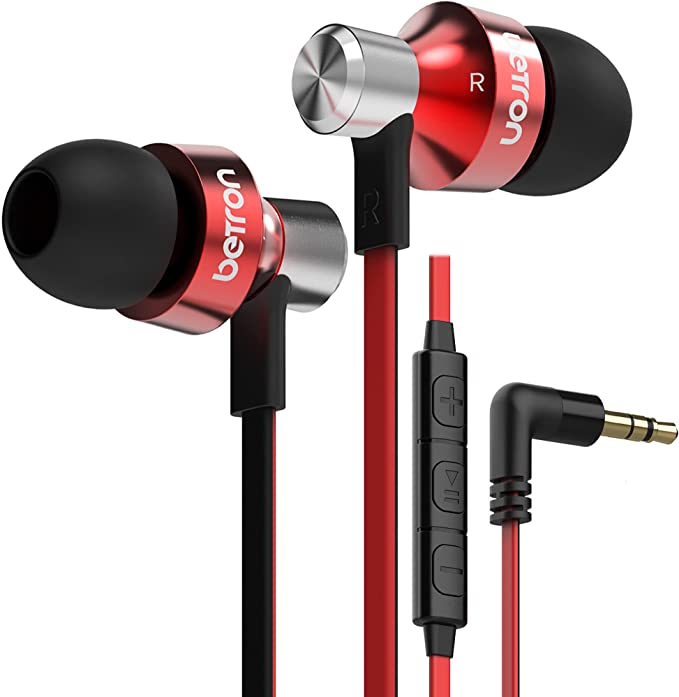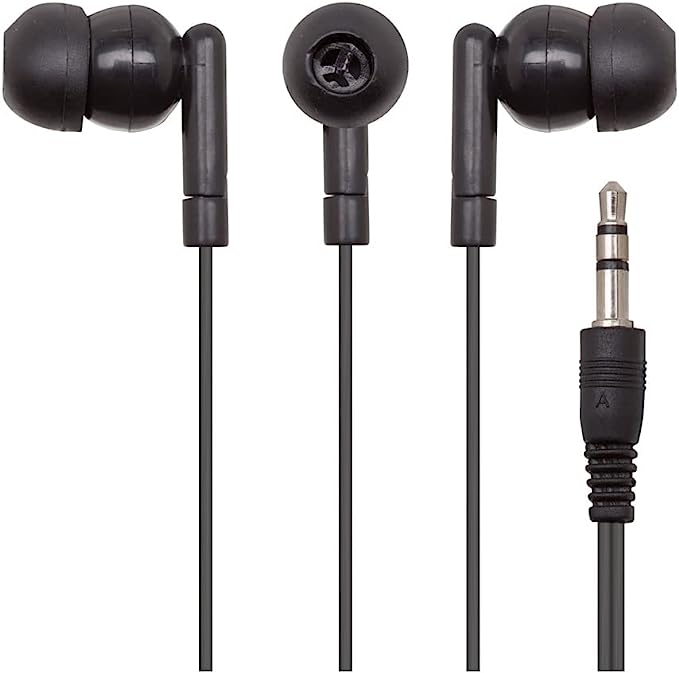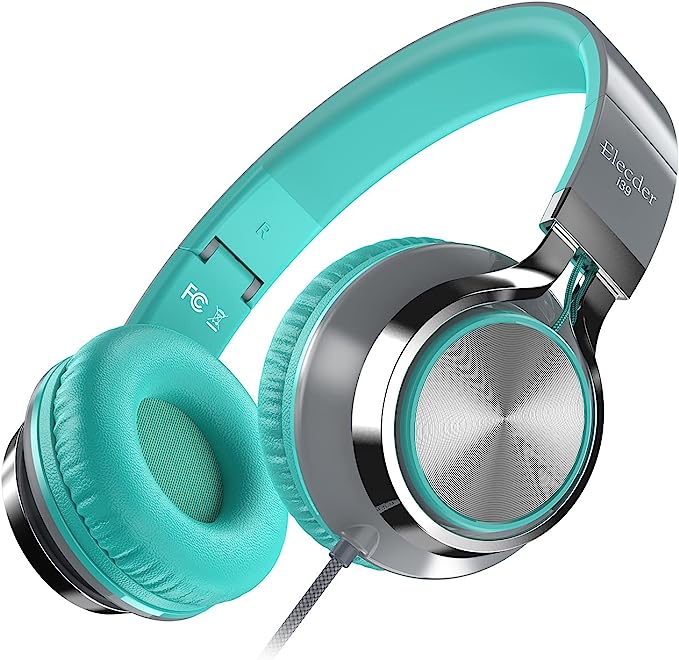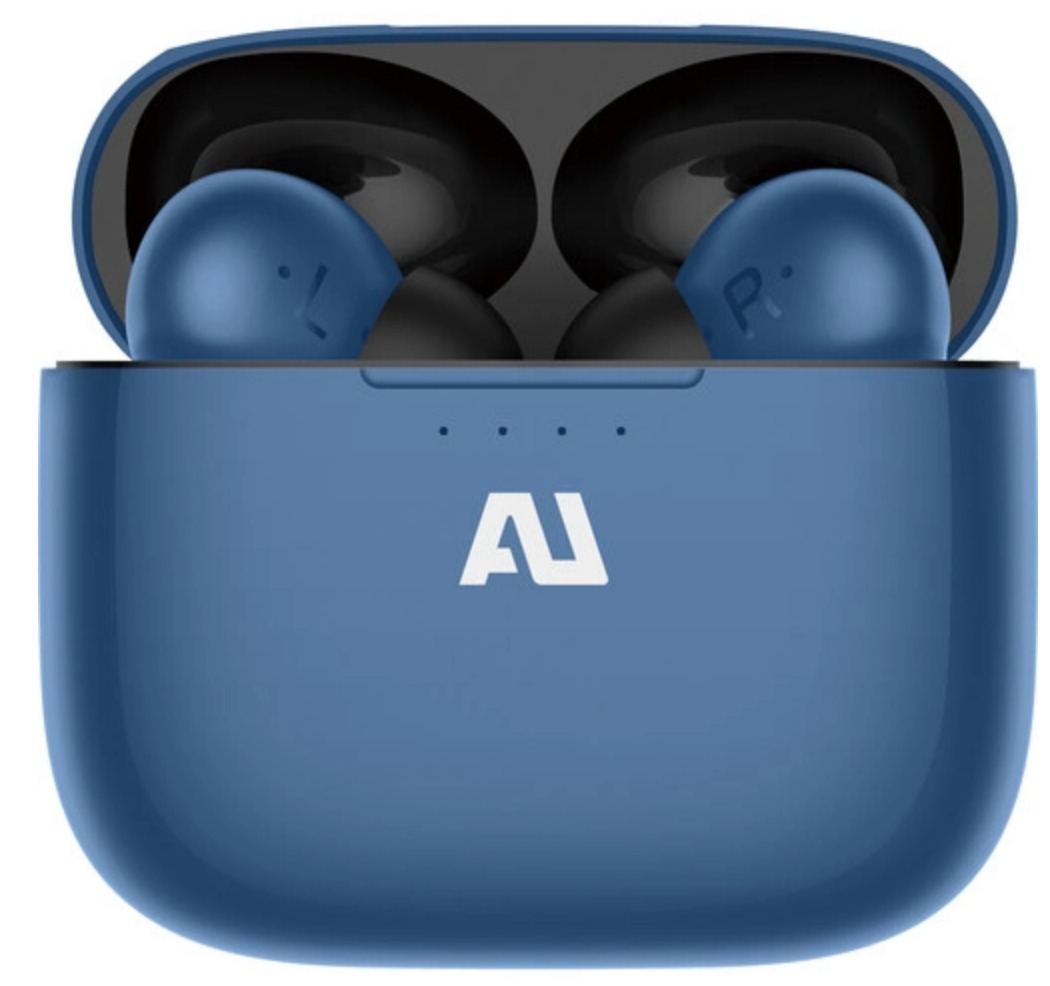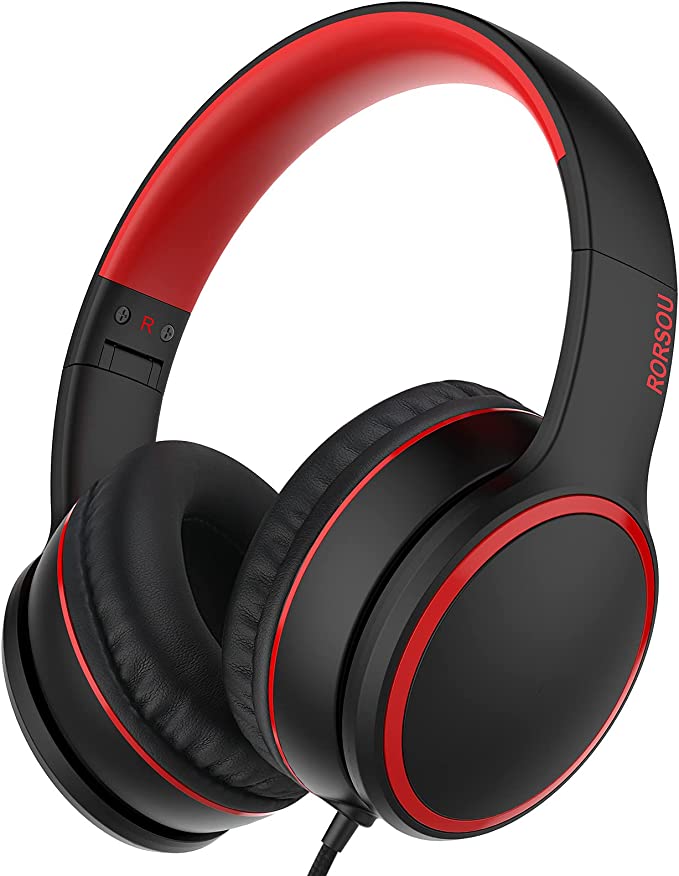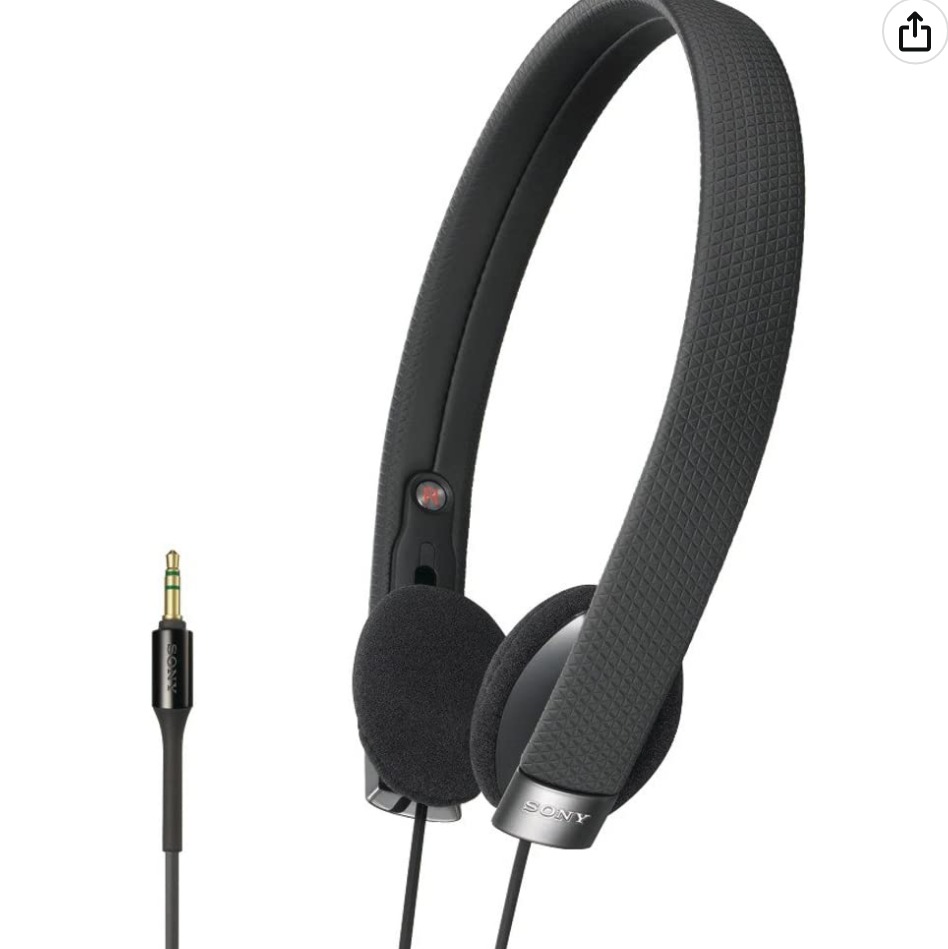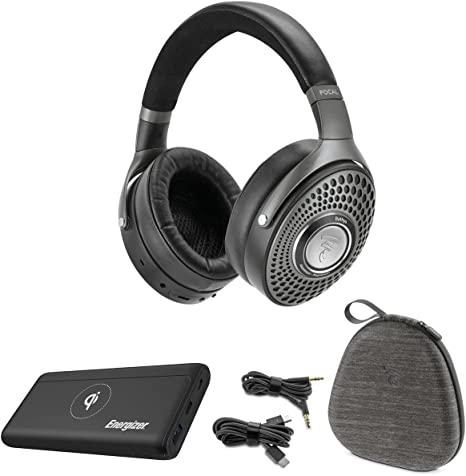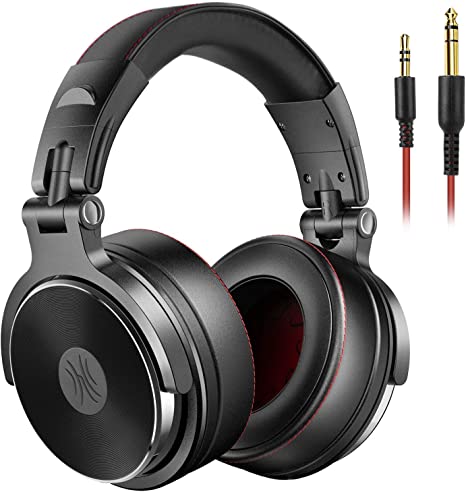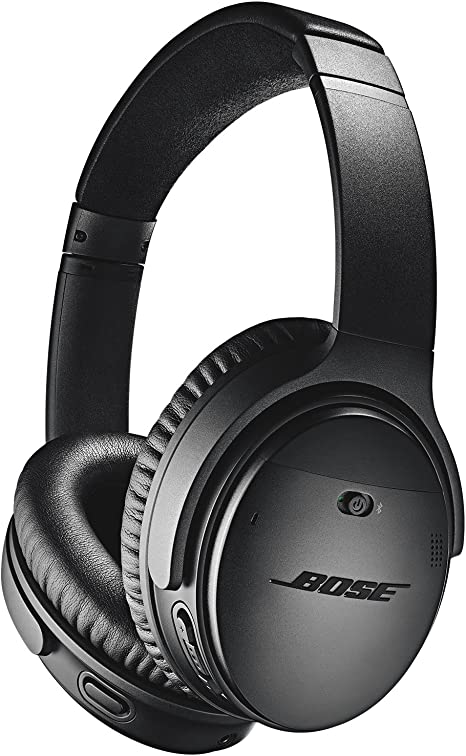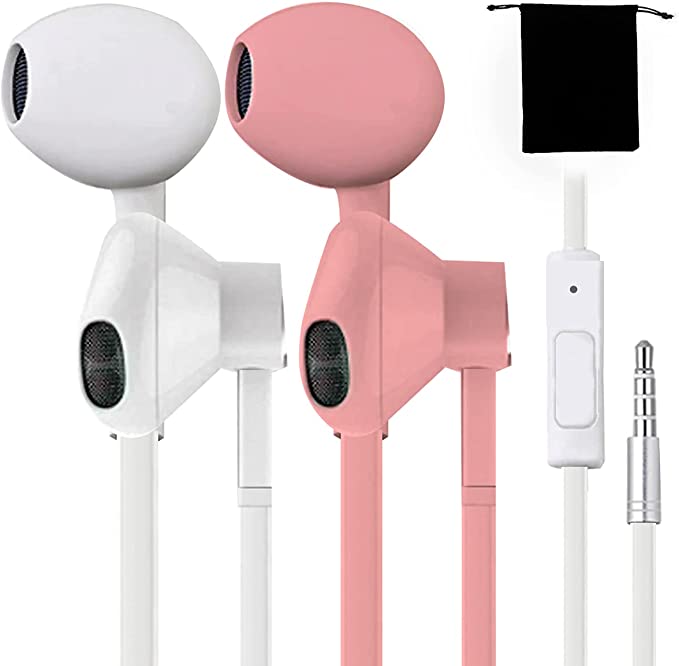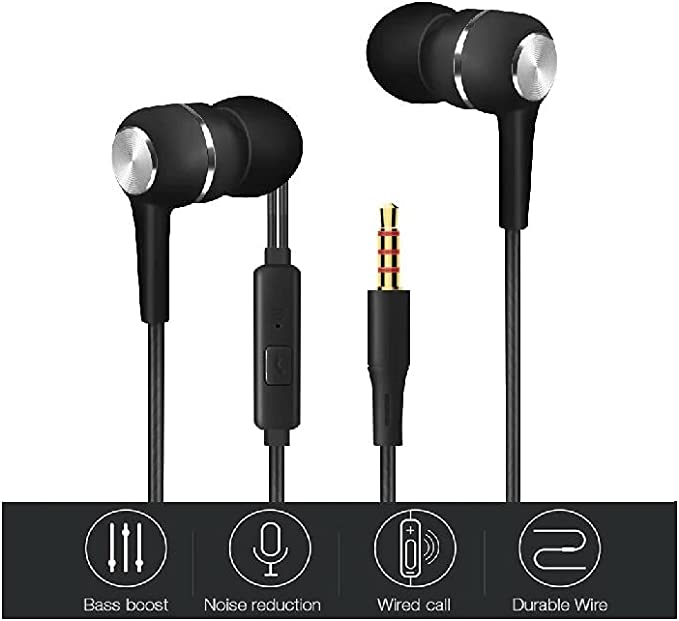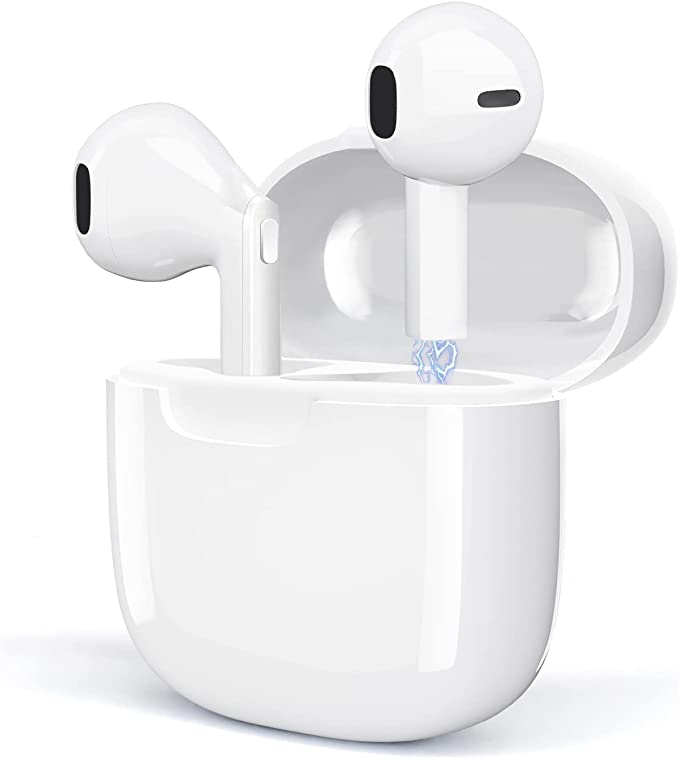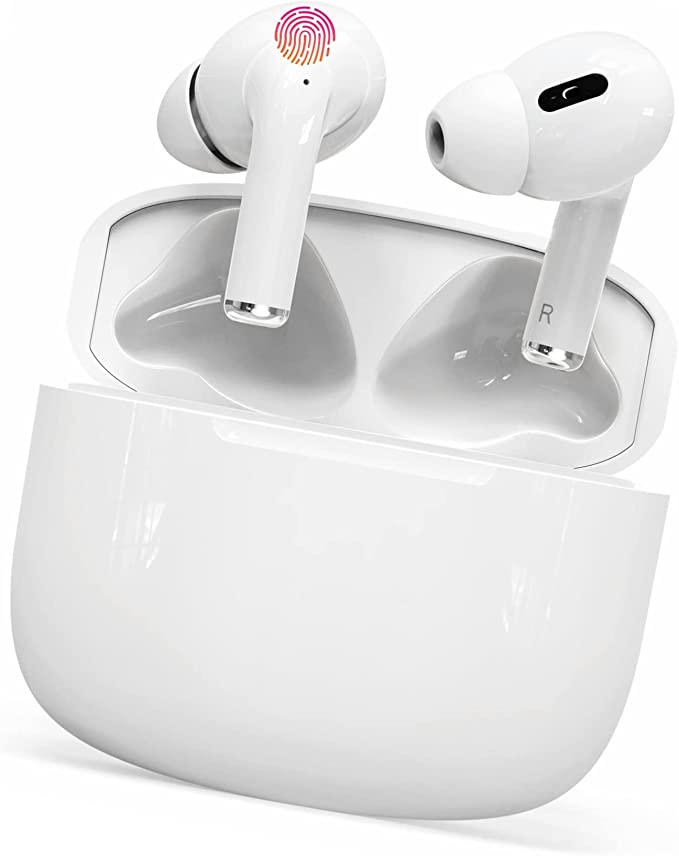Maxell 190547 M2 Color EarBuds: Sound Science Meets Style
Update on Feb. 8, 2025, 10:56 a.m.
The Everyday Wonder of Sound
Imagine you’re on your morning commute, surrounded by the hustle and bustle of the city. You slip on your earbuds, and suddenly, you’re transported to another world. The crisp vocals of your favorite singer, the driving beat of the bass, the delicate shimmer of the cymbals – all delivered directly to your ears, blocking out the noise and creating a personal oasis of sound. It’s a small, everyday miracle that most of us take for granted. But have you ever stopped to think about the incredible science that makes it all possible?
Sound: The Invisible Waves Around Us
Sound, at its most basic, is vibration. When something vibrates – a guitar string, a vocal cord, or the diaphragm of an earbud – it creates waves of pressure that travel through the air. These aren’t waves like you see on the ocean; they’re longitudinal waves, meaning the particles in the air vibrate back and forth in the same direction the wave is traveling. Think of it like a slinky being pushed and pulled – the coils compress and expand, creating a wave that moves along the slinky.
Two key properties of these sound waves determine what we hear: frequency and amplitude. Frequency refers to how many times the wave vibrates per second, measured in Hertz (Hz). A higher frequency means a higher-pitched sound, like a whistle or a bird’s chirp. A lower frequency means a lower-pitched sound, like a bass drum or a rumble of thunder. Amplitude refers to the intensity of the vibration, or how much the air pressure changes. A larger amplitude means a louder sound.
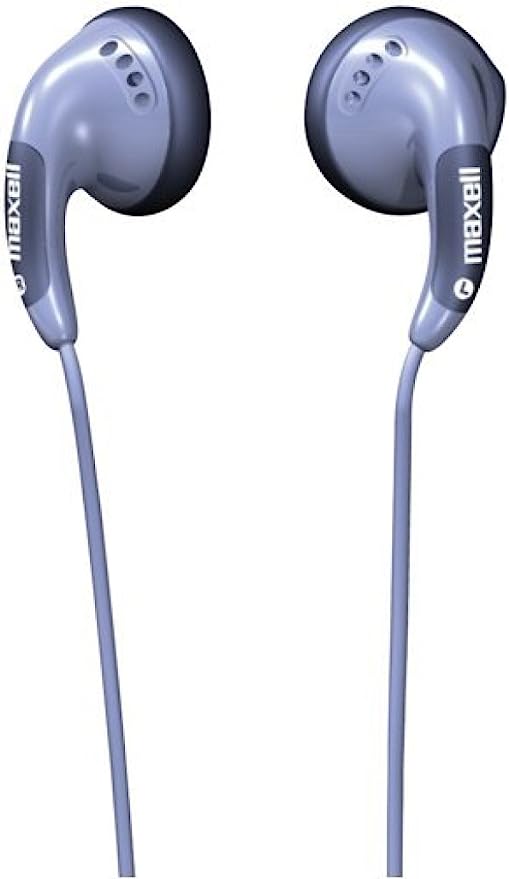
From Electricity to Eardrums: How Earbuds Work
Earbuds, like the Maxell 190547, are essentially miniature loudspeakers. They take the electrical signals from your phone or music player and convert them back into sound waves that your ears can interpret. The heart of this process is the driver, and the Maxell 190547 uses a dynamic driver, the most common type found in earbuds and headphones.
Imagine a tiny drum. That’s essentially what a dynamic driver is. It has a thin, flexible membrane called a diaphragm, usually made of plastic or paper, attached to a coil of wire called the voice coil. This voice coil sits within a magnetic field created by a permanent magnet. When an electrical signal – representing the music you’re listening to – flows through the voice coil, it creates its own magnetic field. This new magnetic field interacts with the permanent magnet’s field, causing the voice coil, and therefore the diaphragm, to vibrate rapidly. These vibrations create the sound waves that travel to your ears.
Now, let’s talk about impedance. This is a slightly more technical concept, but it’s important for understanding how well your earbuds will work with your audio source. Impedance, measured in ohms (Ω), is a measure of how much the earbuds resist the flow of electrical current. Think of it like the width of a water pipe: a wider pipe (lower impedance) allows water to flow more easily, while a narrower pipe (higher impedance) restricts the flow.
Most portable devices, like smartphones, have low-output impedance amplifiers. This means they work best with low-impedance headphones (typically below 32 ohms). While we don’t have the specific impedance for the Maxell 190547, most earbuds in this category fall within this range, making them compatible with a wide variety of devices. Using high-impedance headphones with a low-output device can result in low volume and a lack of bass.
Your Ears: The Amazing Receivers
Before we dive deeper into the specifics of the Maxell 190547, let’s take a moment to appreciate the incredible instruments that allow us to hear: our ears! The ear is a complex organ, divided into three main parts: the outer ear, the middle ear, and the inner ear.
The outer ear, the part you can see, funnels sound waves into the ear canal. The ear canal itself is not just a straight tube; it has curves and bends that actually amplify certain frequencies, particularly those in the range of human speech. Think of it like a natural, built-in equalizer!
The sound waves then travel to the eardrum, a thin membrane that vibrates in response to the pressure changes. These vibrations are transmitted through three tiny bones in the middle ear – the smallest bones in the human body! – to the inner ear, where they are converted into electrical signals that your brain interprets as sound.
The range of human hearing is typically considered to be 20Hz to 20kHz, although this range can vary from person to person and tends to decrease with age. It’s also important to remember that prolonged exposure to loud sounds can damage your hearing. Experts recommend keeping listening levels below 85 decibels (dB) for extended periods to protect your hearing. A normal conversation is about 60 dB, while a rock concert can reach 110 dB or higher.
Deep Dive: Maxell 190547 Design
Now let’s zoom in on the specifics of design.
The Spectrum of Sound: Frequency Response Explained
The frequency response of a pair of headphones or earbuds tells you the range of frequencies it can reproduce. The Maxell 190547 boasts a frequency response of 20Hz to 23kHz. As we discussed, the typical human hearing range is 20Hz to 20kHz. So, why the extra 3kHz on the high end?
While you might not consciously hear sounds above 20kHz, their presence can still affect the overall sound quality. These higher frequencies, often called “harmonics” or “overtones,” add richness and detail to the sound, even if they’re not directly audible. It’s like the difference between a simple drawing and a detailed painting – the extra details might not be immediately obvious, but they contribute to the overall impression.
Lightweight Comfort: Why Less is More
Have you ever worn a pair of headphones that felt heavy and uncomfortable after just a short time? The Maxell 190547 is designed to avoid this problem. Weighing in at just 0.96 ounces (27.22 grams), these earbuds are incredibly lightweight. This is crucial for comfort, especially if you plan on wearing them for extended periods, like during a long flight or a study session.
The lightweight design is achieved through careful material selection and a streamlined construction. Less weight means less pressure on your ears, reducing fatigue and allowing you to focus on your audio.
In Your Ear: The Benefits of In-Ear Design
The Maxell 190547 utilizes an in-ear design, meaning the earbuds sit directly in your ear canal. This design offers several advantages. First, it provides a degree of noise isolation, physically blocking out external sounds. This allows you to hear your music more clearly, even in noisy environments, without having to crank up the volume (which is good for your hearing!).
Second, in-ear designs tend to be more portable and less bulky than over-ear or on-ear headphones. They’re easy to slip into a pocket or bag when you’re not using them.
However, the fit is crucial. The “soft cushioned ear covers” mentioned in the product description are essential for both comfort and sound quality. A good seal between the earbud and your ear canal is necessary to achieve optimal bass response and noise isolation. Most earbuds come with different sizes of ear tips to accommodate different ear shapes. Experimenting with different sizes to find the best fit for your ears is highly recommended.
The Wired Connection: A Classic Choice
In a world increasingly dominated by wireless technology, the Maxell 190547’s wired connection might seem like a throwback. But there are definite advantages to sticking with wires. For one, you never have to worry about battery life or charging. Wired earbuds are always ready to go.
More importantly, wired connections generally offer a more stable and reliable audio signal than wireless connections. While Bluetooth technology has improved significantly, it can still be susceptible to interference and dropouts, especially in crowded environments. Wired connections provide a direct, uninterrupted path for the audio signal, ensuring the best possible sound quality.
Of course, the downside is the cable itself. It can get tangled, and it can be a nuisance if you’re active while listening. Careful cable management is key. Avoid sharp bends and kinks, and when storing your earbuds, gently coil the cable to prevent damage.
A Journey Through Sound: A Brief History of Personal Audio
The quest for portable, personal audio has a surprisingly long history. It dates back to the late 19th century, with the invention of the telephone receiver. Early headphones were bulky and primarily used for communication, not for listening to music.
The development of the first truly portable music player, the transistor radio, in the mid-20th century, spurred the demand for smaller, more convenient headphones. Earbuds, as we know them today, began to emerge in the latter half of the 20th century, driven by innovations in miniaturization and materials science. The Walkman, introduced in 1979, was a game-changer, popularizing the idea of taking your music with you wherever you go.
Choosing Your Sound Companion: General Earbud Advice
When selecting earbuds, consider your priorities:
- Sound Quality: What kind of sound signature do you prefer? Some earbuds emphasize bass, while others offer a more balanced sound.
- Comfort: How long do you plan on wearing your earbuds at a time? Lightweight design and a good fit are essential for long-term comfort.
- Use Case: Will you be using your earbuds primarily for commuting, working out, or relaxing at home? Different designs are better suited for different activities.
- Budget: Earbuds range in price from very affordable to quite expensive. Determine how much you’re willing to spend.
- Durability:Consider the environment in which you will use the product.
Conclusion: The Joy of Listening
The Maxell 190547 M2 Color Earbuds represent a fascinating intersection of science, engineering, and design. They’re a testament to how far we’ve come in our quest to reproduce and enjoy sound. By understanding the basic principles of how earbuds work, you can appreciate the technology that brings your favorite music to life and make more informed choices when selecting your next pair. And remember, protect your hearing! Listen at safe levels and take breaks to give your ears a rest. The world is full of amazing sounds – enjoy them responsibly.
